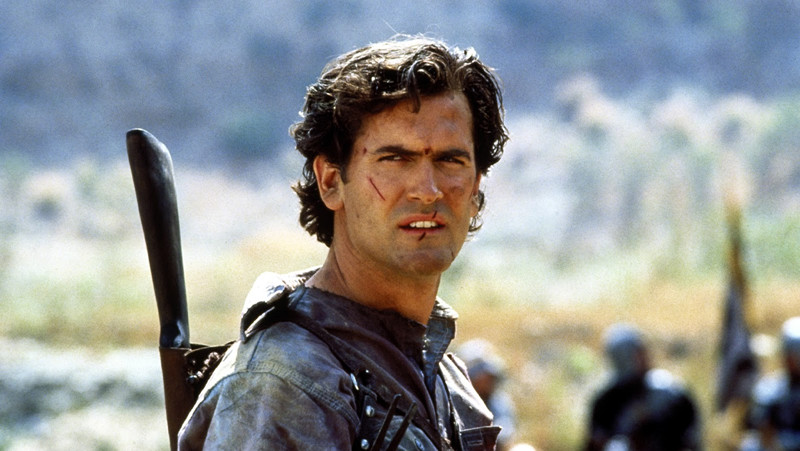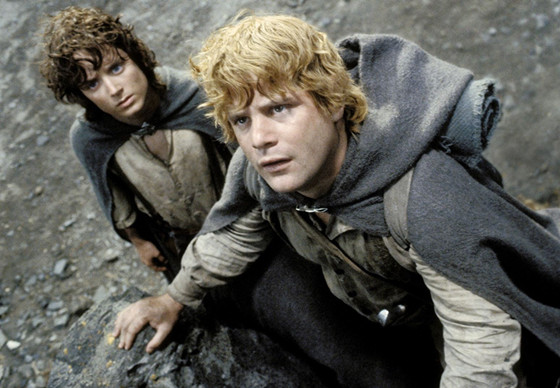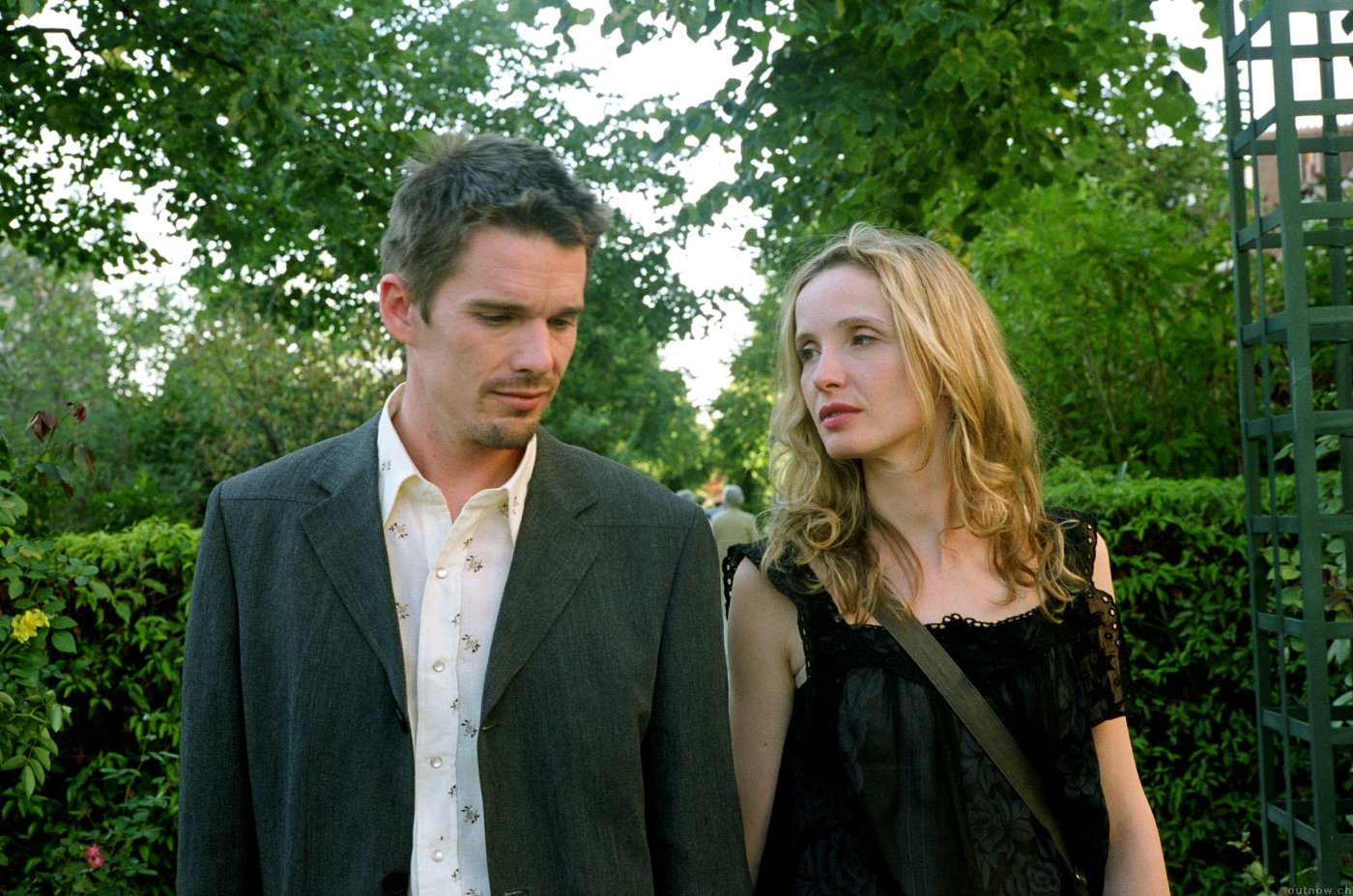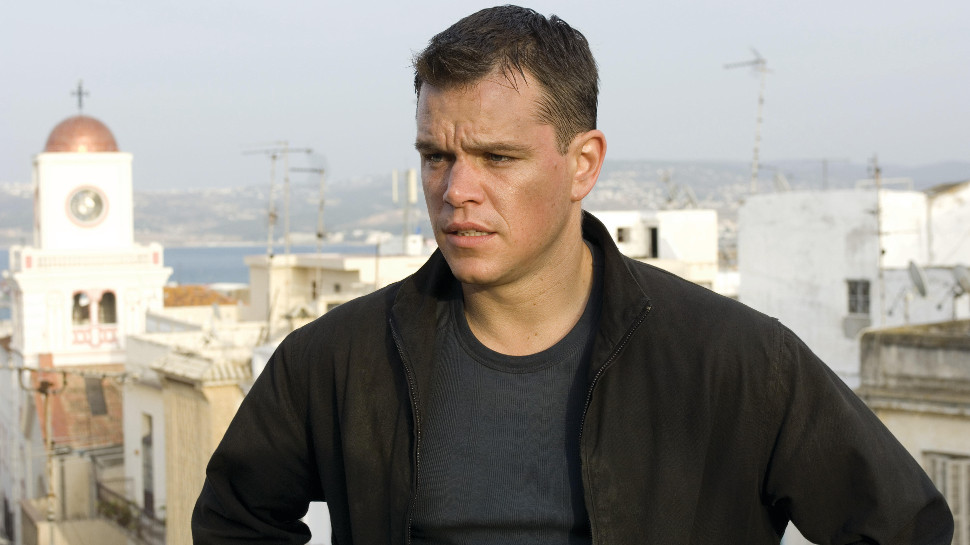5. The Evil Dead Trilogy

Director Sam Raimi, producer Rob Tapert and actor Bruce Campbell all emerged into show business with the rough-edged drive-in classic “The Evil Dead” (1981). A self-financed inventively filmed nasty little horror movie.
Raimi infused every aspect with a loony sense of urgency in his camerawork, while Campbell was his game lead who was put through the gore-soaked ringer as he and another unlucky youngster survive a demon-possessed night. It was filmed with a low budget but became a massive success in the genre scene.
Armed with some industry clout, the trio returned for a bigger budget sequel, “Evil Dead II” (1987). With more creative freedom and less strenuous filming circumstances, Raimi was able to fully evolve into all out horror/comedy – better known as ‘Splatter Comedy’, a specific subgenre of horror they basically invented here. Working as both a remake and sequel, the film’s opening moments condensed the original movie’s events before going full throttle into its own goofiness and ending up with the cult classic.
With the third entry, though, Raimi and co. went even more ambitious, taking their unique madcap stylings but applying them to an altogether different genre – that of a medieval fantasy epic. Armed with uber-producer Dino De Laurentiis fitting the bill, the humble group couldn’t come up with a set piece that the budget couldn’t execute, with all sorts of madness like Campbell being attacked in the style of “Gulliver’s Travels” by mini-clones of himself, or converting his car into a propeller-wielding demon killing machine.
The film mostly eschewed its harder horror aspects, and put the fantasy, and more importantly, Campbell’s hilariously inadequate hero front and centre, in a move which holds it as the strongest out the series.
4. The Lord of the Rings Trilogy

Peter Jackson arrived with his much-loved classic adaptation of J.R.R. Tolkien’s book series in the early 2000s. With the classical template of the books in place, he created a solid movie trilogy that consistently escalated in dramatic stakes with every instalment, just like its source.
It started off with the setup of “The Fellowship of the Ring” (2001), as four innocent hobbits get thrown into a epic scale adventure involving an evil ring. Jackson had broken into the big time with said movie, after toiling away as a genre filmmaker for many a year.
The film transitioned him into Spielberg, and with good reason; it was epic fantasy, told with a passion and creativity for its material. “Fellowship” immediately cemented this new series as the equivalent of Star Wars for the 2000’s generation.
However, the second film, “The Two Towers” (2002), like all great follow-ups, managed to take the hopefulness of the first part and put its characters through the wringer in dark and devastating ways. Also, the introduction of Andy Serkis’ performance as Gollum is a series high point, not to mention a groundbreaking moment in cinema. The rain-drenched Battle of Helm’s Deep is also most likely the most satisfying and iconic set pieces in the series.
The final piece, “Return of the King” (2003), was by far the most epic; the series slowly stepped the scale up film by film, with humble begins yet by the third movie the quest had triggered a massive scale war that would echo across all aspects of Middle-earth.
Large-scale spectacle and satisfying conclusions to the multiple character threads were also well done and emotionally gratifying. Certainly, there were too many endings, but that’s not enough to knock this one from its position as the grandest and most complete entry in the trilogy.
3. The Before Trilogy

Richard Linklater’s decades-spanning series of movies is a special occasion in cinema: a trilogy focused on main characters whose story is told in parallel to the actual actors themselves growing older and maturing.
It starts with “Before Sunrise” (1995) as an American backpacker (Ethan Hawke) meets a French girl (Julie Delpy) and they spend a romantic and eventful day together in Vienna. It was sweet-natured and purposefully naive movie centred around the lovestruck pair as they become fascinated by each other, but sadly must part their separate ways by sunrise.
The follow-up, “Before Sunset,” made almost a decade later, is set in Paris as a chance meeting between the two characters occur. Both characters are in their 30s (as the actors were), both have matured and experienced a new perspective on life, and both mourn what could’ve been. It’s the shortest of the films, in fact almost literally told in real-time as they have a nostalgic sojourn together across the streets of Saint Michel – the story also feels more focused and sharp then the former.
Yet the final piece of the trilogy, “Before Midnight” (2013), is the most complete. As with its characters in their 40s, set on a family vacation in Greece, it’s a melancholy tale filled with bitter regret and resentment for the path taken. It’s a strong, sometimes difficult movie, especially to see such sadness between two characters we’ve grown with.
Yet, it’s also the film with the most to say from Linklater, and features the strongest performances from Hawke and Delpy, who by this point were at the peak of their game as actors. Regardless of the sadness in the final film, we are left with hope in a fitting and moving final note to this 18-year journey.
2. Toy Story

After a series of impressive (and Oscar winning) shorts, Pixar debuted their first feature movie “Toy Story” (1995), spearheading computer animation being the standard for Western animated fare. Centred around your child’s toy closet actually being a living and breathing society, the first movie was an endearing and surprisingly well-written cartoon that easily worked for adults as well as for children, setting a critical bar the company would continue to top.
The second movie, released in 1999, had a tumultuous road to completion. Initially, Disney, Pixar’s owners, wished to knock out a cheap direct-to-DVD sequel, yet the studio fought to up the project into a proper feature; not to mention, the film almost got deleted, twice even.
Regardless, the end results were well worth the hardship. With the first film resolving the main conflict between main heroes Woody (Tom Hanks) and Buzz (Tim Allen), the gang could leave behind petty squabbles and hit the road on an entertaining adventure, with plenty of emotional pathos as well as the writer’s standard witty commentary.
Pixar saved the best for last, though. The third entry in 2010 managed to accumulate everything great about the former entries, and pay it off in a clever ‘prison break’-like premise, as the gang of toys are handed away as secondary toys to a kindergarten.
The writing as usual was stellar as was the voice acting and directing; most surprisingly was the emotional straining finale that had the gang saved from a near doom-laden fate. It was a powerful moment for a kid’s film, but one that was completely earned, not to mention it made it stand superior to its former entries.
1. Jason Bourne Trilogy

The adaptation of the Robert Ludlum book series was a refreshing counterpart in a time when James Bond had escalated to increasingly silly heights; in 2002’s “Die Another Day,” 007 improv windsurfed on an arctic tidal wave,and drove an invisible car – a far call from the hard-edged espionage thrills of “From Russia With Love.”
Doug Liman’s first movie “The Bourne Identity,” released that same year, was a great back-to-basics formula for the stagnant spy thriller genre, with an involving hook that featured Matt Damon’s amnesiac discovering he was a deadly government assassin with a penchant for killing opponents with a pen, or a newspaper, or actually anything, for that matter. It was filmed and plotted with a refreshingly grounded aesthetic, and it made for a quality popcorn movie with the audiences eating it up.
The second film, “The Bourne Supremacy” (2002), managed to be a step up when it secured a vital ingredient: director Paul Greengrass. The former documentary filmmaker took the former’s gritty approach and turned up the dial, creating a shaky-cam aesthetic that became synonymous with the series, as well as one that several other action films tried to replicate (including James Bond).
The plot continued in an intriguing manner as well – revealing more of Damon’s past brainwashing conspiracy, as well as pulling off the devastating surprise death of a vital character.
The third, though, “The Bourne Ultimatum” (2007), is the pinnacle of the series, no doubt. True, the film had become a strict formula at this point – a mano-a-mano fist fight and insane car chases were given placeholders in the movies – but it was made at a time where Greengrass and Damon were at the top of their game and able to check all the boxes in stellar fashion, as well as bringing the ongoing thread of its main character to a satisfying conclusion.